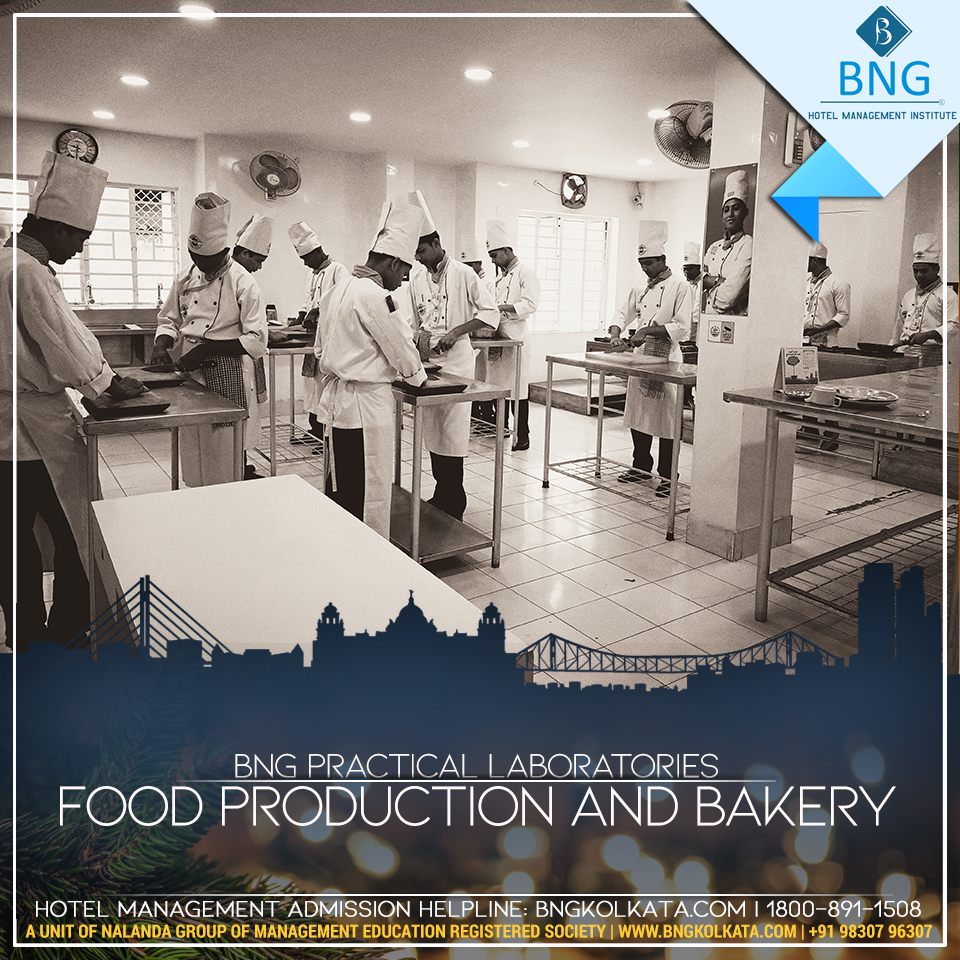GUIDING YOU towards right opportunities
Feel WELCOME
Welcome to the Official Website of BNG Hotel Management Kolkata
BNG Hotel Management Kolkata is among the finest hotel management institutes in India, The college and its courses have been designed to teach promising and talented younger girls and boys who want to take on the hospitality industry as a career. The whole gamut of hospitality and hotel operations is included in distinct fields under the equipped guidance of an educated and skilled group of faculty. BNG strives to provide need-established official training to a multitude of young and aspiring hoteliers… In simulated atmosphere close to real existence.
You are someone unique YOU SHARE OUR PASSION
Feel WELCOME
Featured Courses
Hotel management course from BNG Hotel Management College will provide you with qualitative theoretical, practical and on the job industrial training so that you’re able to take on the hospitality industry… .
Awards and Recognitions
BNG Hotel Management has continued its custom of being acknowledged and honored for its dedication to high quality and excellence.
Enjoy yourself DREAM BIG FOR YOUR FUTURE
Feel WELCOME
Hotel Management Blog
Hotel management, current trends, Salaries for different job profiles in the hotel industry, blog posts, discussion on various hotel management subjects and topics…
Disciplinary Procedures
Disciplinary Procedures – Hotel HR Planning & Development Disciplinary procedures is an important part in…
Front Office Accounting System
Front Office Accounting System in Hotel A front office accounting system monitors and charts the…
Special Guest Requests
Special Guest Requests At the time of reservations guests may make special requests to make…
Hotel Promotion
Hotel Promotion Brainstorm Areas When developing a program for hotel promotion to increase front office…






























